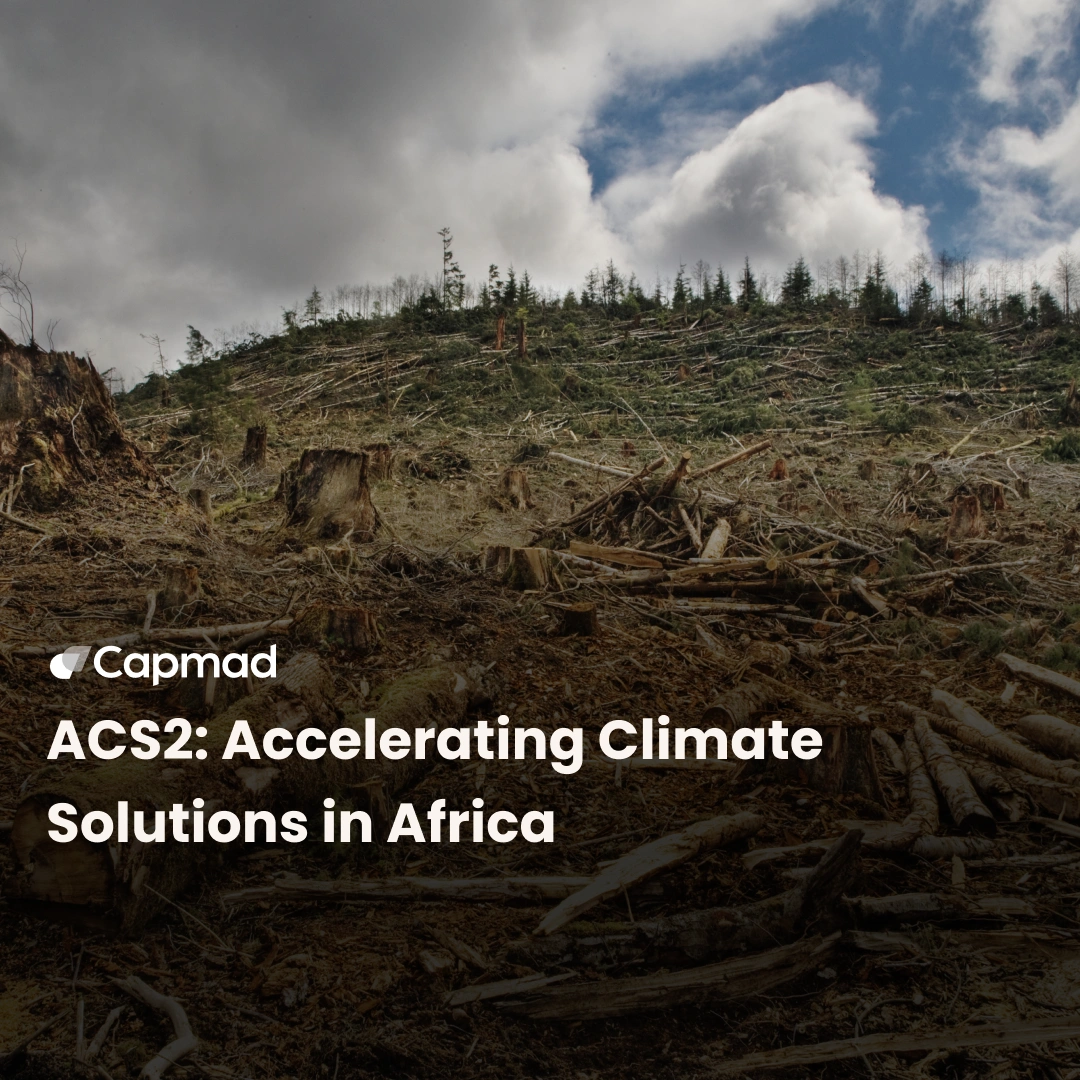On July 30, 2024, King Mohammed VI celebrated 25 years on the throne. This milestone, highlighting national unity around the monarchy, underscores the importance of allegiance to the king. In his address, the monarch emphasized water management as a strategic priority for Morocco’s sustainable development, calling for effective policies to ensure responsible water use.
Water security challenges in Morocco
Morocco has been battling an unprecedented drought for the past six years, facing a worsening water crisis as reserves dwindle and groundwater levels fall. This growing challenge has been acknowledged at the highest levels of government, demanding swift and innovative solutions. The dam policy initiated by the late King Hassan II remains a key strategy, but alone, it is insufficient to combat the prolonged effects of drought.
Accelerating water infrastructure projects
The National Program for Potable Water Supply and Irrigation (PNAEPI) 2020-2027 forms the foundation of Morocco’s water management strategy. With a budget of 143 billion MAD (approximately 14.2 billion USD), the program aims to reinforce existing infrastructure, including the construction of new dams. Through integrated basin management and inter-regional connections, the program strives for a more equitable distribution of water resources.
Currently, Morocco operates 153 dams, with 18 additional dams under construction. Emphasis is placed on regions with higher rainfall to maximize rainwater collection. This dam network, critical for regulating water flow, is a strategic asset in mitigating the impact of dry seasons.
Water basin interconnection project
A major initiative in Morocco’s water strategy is the interconnection of its primary water basins. This pioneering project in Africa links the Oued Laou-Larache, Oued Sebou, and Oued Oum Er-Rbia basins, capturing one billion cubic meters of water currently lost to the sea. By redistributing this water, the project ensures more balanced water resources, particularly in vulnerable agricultural areas.
Push toward seawater desalination
In response to the mounting pressure on natural resources, Morocco is investing heavily in seawater desalination. Significant investments aim to increase desalination capacity to 1.7 billion cubic meters annually by 2030. The goal is to provide potable water to nearly half of the population while supporting irrigation for vast agricultural zones.
The Casablanca desalination plant, set to become Africa’s largest, illustrates Morocco’s commitment to diversifying water sources. Powered entirely by renewable energy, the plant will supply potable water to 6.7 million people and irrigate 5,000 hectares of farmland. The construction of this landmark facility is being led by a consortium of Moroccan and international partners, including Spain’s Acciona.
Stricter water governance
Success in water management depends on the strict governance of resources. King Mohammed VI highlighted the importance of exemplary governance, criticizing delays and mismanagement that slow down project implementation. The monarch stressed the urgency of flawless execution to prevent the waste and misuse of water resources.
Agriculture : Central to water management strategies
As the largest consumer of water, the agricultural sector is at the core of Morocco’s water reforms. The widespread adoption of drip irrigation systems, already in use across much of the country, must be expanded to optimize water usage during droughts. This method not only conserves water but also improves its efficiency for crop irrigation.
The connection between water management and agricultural policy is vital. Better coordination is needed to ensure coherent resource management, particularly during periods of scarcity. This integrated approach is essential for maintaining food security and the long-term sustainability of agricultural production.






